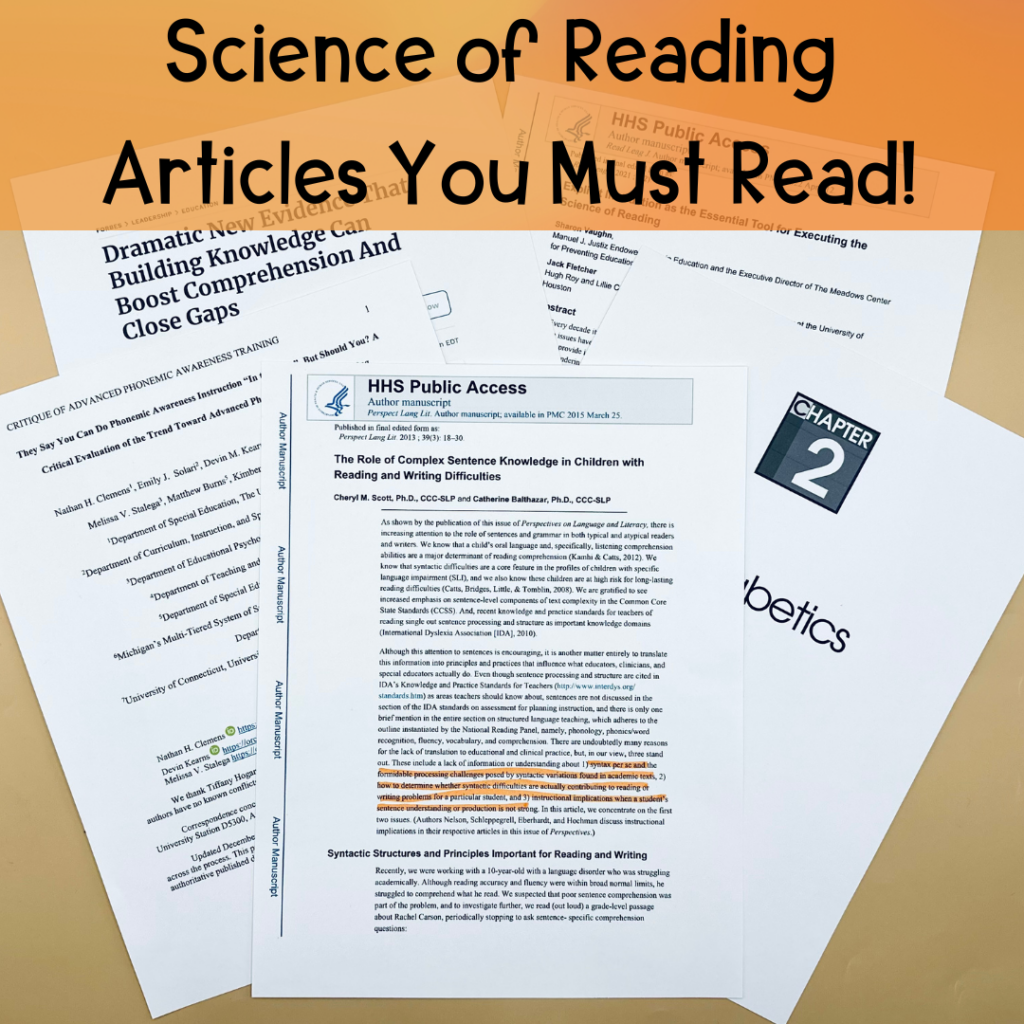The Blog
Want to know how the Science of Reading applies to your classroom? Keep reading to discover what the research suggests, and how we should teach phonics and phonemic awareness to help all students learn to read.
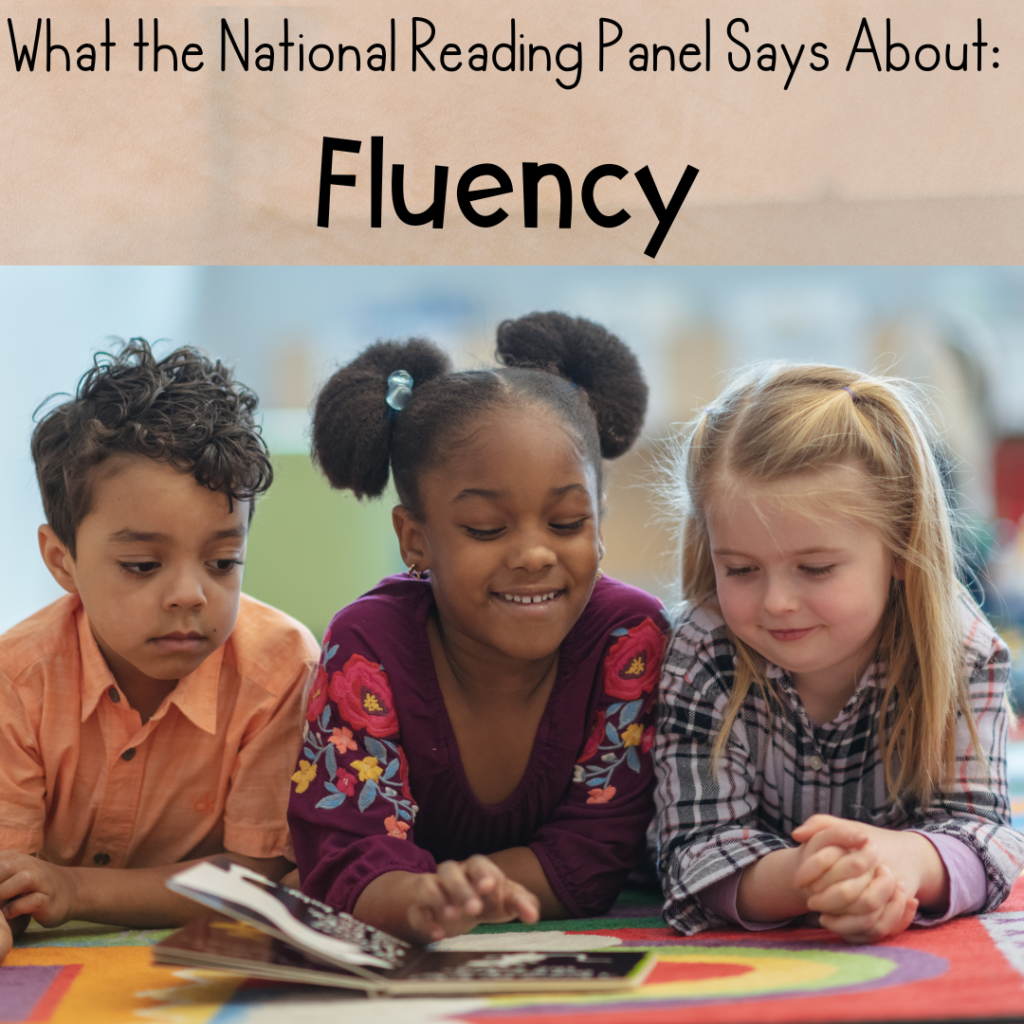
- Fluency, Reading Research, Science of Reading
Today marks my third look into the national Reading Panel. I’ve already discussed their work on phonemic awareness and phonics. Looking into fluency, though, the report felt different. There were no tables full of effect sizes: in fact they weren’t even able to conduct a metanalysis on one of their topics because there simply were not enough reports that
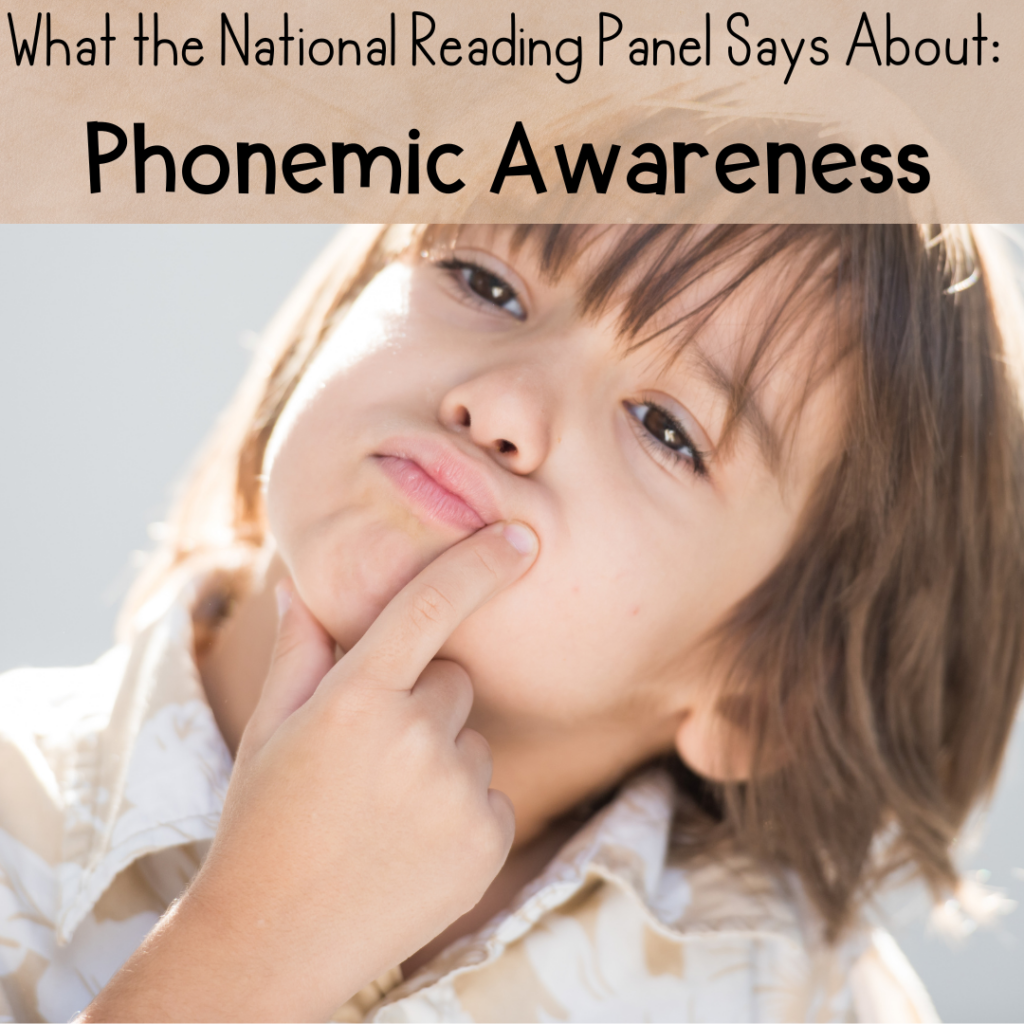
- Reading Research, Science of Reading
In 1997, the National Reading Panel was convened at the behest of Congress and the Secretary of Education. It was gathered in order to “assess the status of research-based knowledge, including the effectiveness of various approaches to teaching children to read”(National Reading Panel, 2000, p.1-1). In 2000, the National Reading Panel (NRP) released their report, a document free to
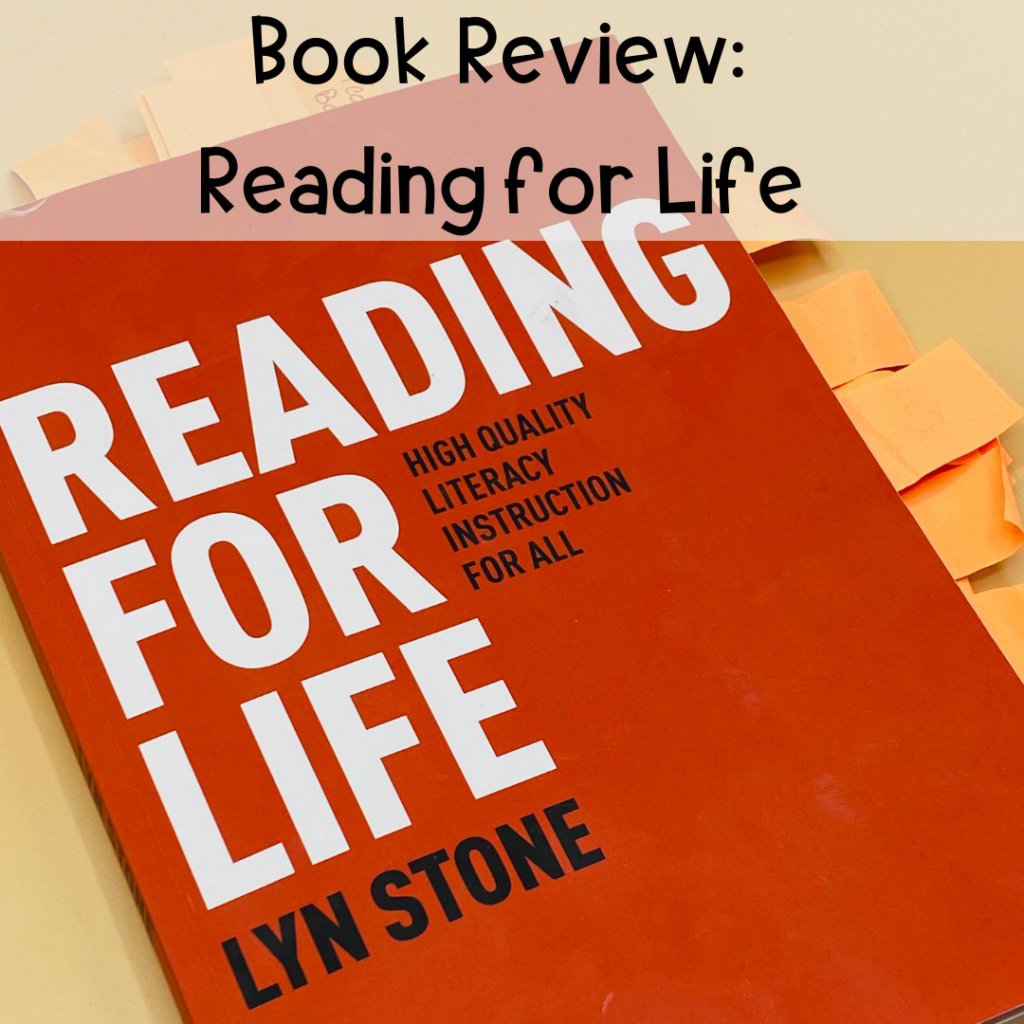
- Book Reviews, Reading Research, Uncategorized
Fun fact: my best friend Rachel and I bought this book for each other this Christmas without realizing what the other one was doing! I’ve read a lot of books about teaching reading. Some have been great, some have been meh, and some have been so dense I have to wait until I’m on a break to read them because

- Phonemic Awareness, Reading Research
The issue of phonemic awareness right now is HOT. I can’t go to Twitter or Facebook without seeing another heated argument over phonemic awareness. It can be overwhelming, it can get nasty (who would’ve thought, right?), and it can feel disheartening. I felt like I had just learned about teaching phonemic awareness and then I had to completely change my
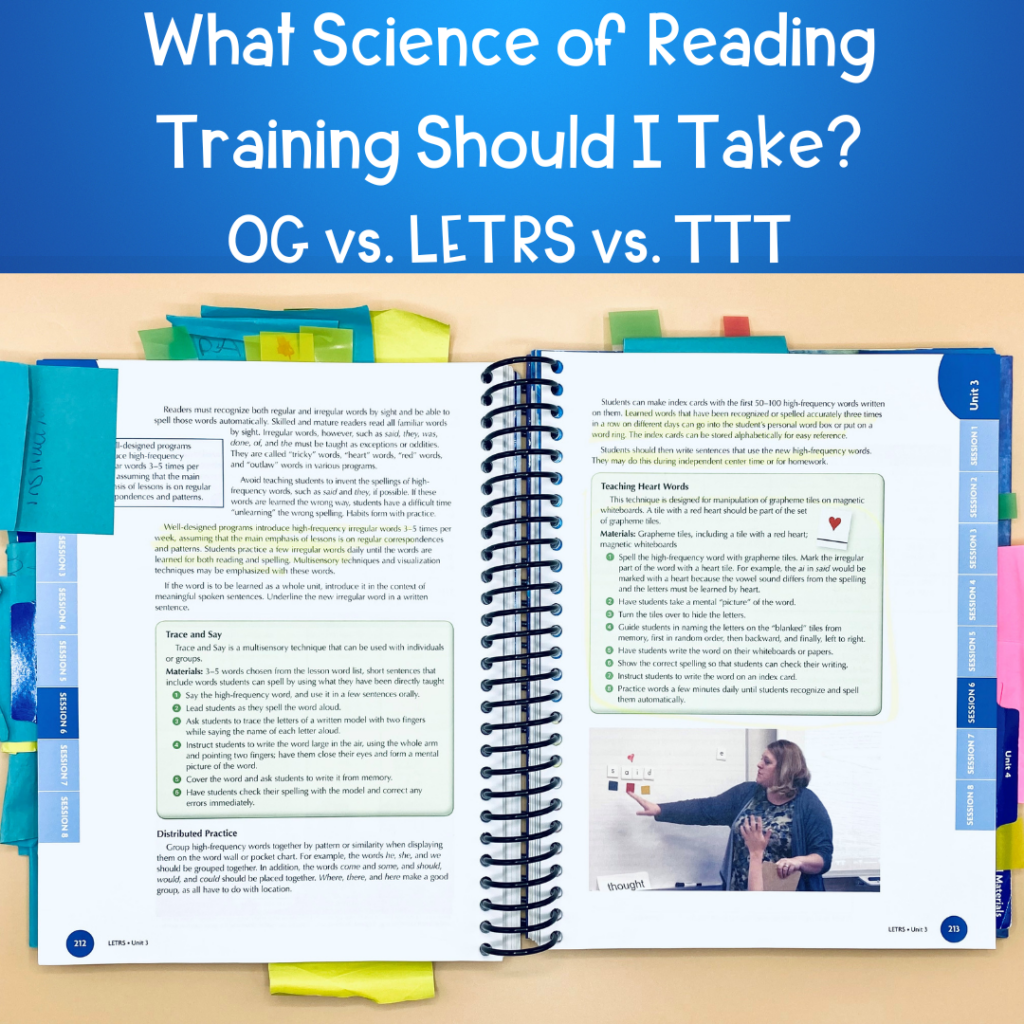
- Reading Research, Resources, Science of Reading
I will always be amazed at how hard teachers work. I get messages each week from parents and teachers asking me which trainings they should take. People are willing to spend their own money to get the education they need to help children be successful. Today, I’m going to compare 3 of the top trainings supported by the Science of
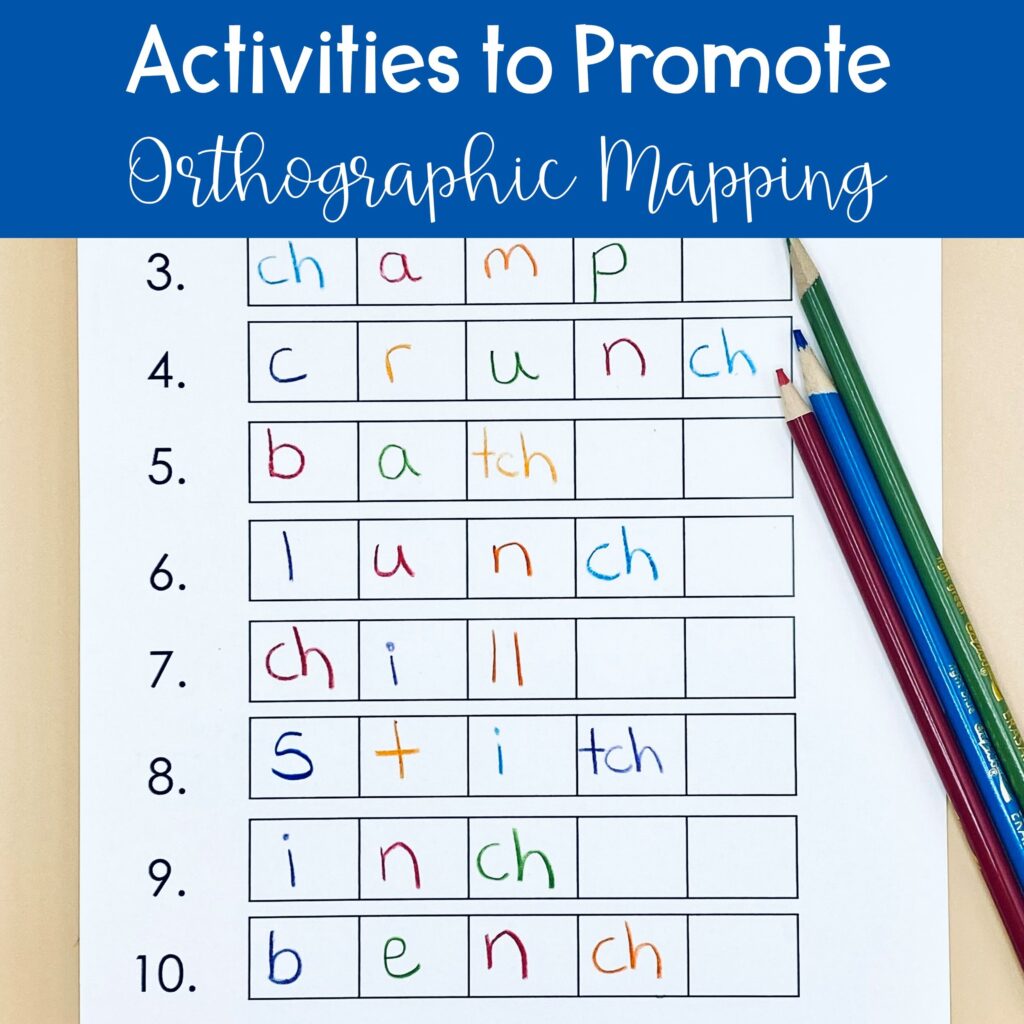
- Phonics, Reading Research, Science of Reading
In my last post, we discussed orthographic mapping and why it is crucial for reading success. Theory is great, but what every teacher wants to know is this—how does it look in practice? In it’s simplest terms, we want to use activities that will help students focus on matching sound to print. Today, I want to talk about a variety
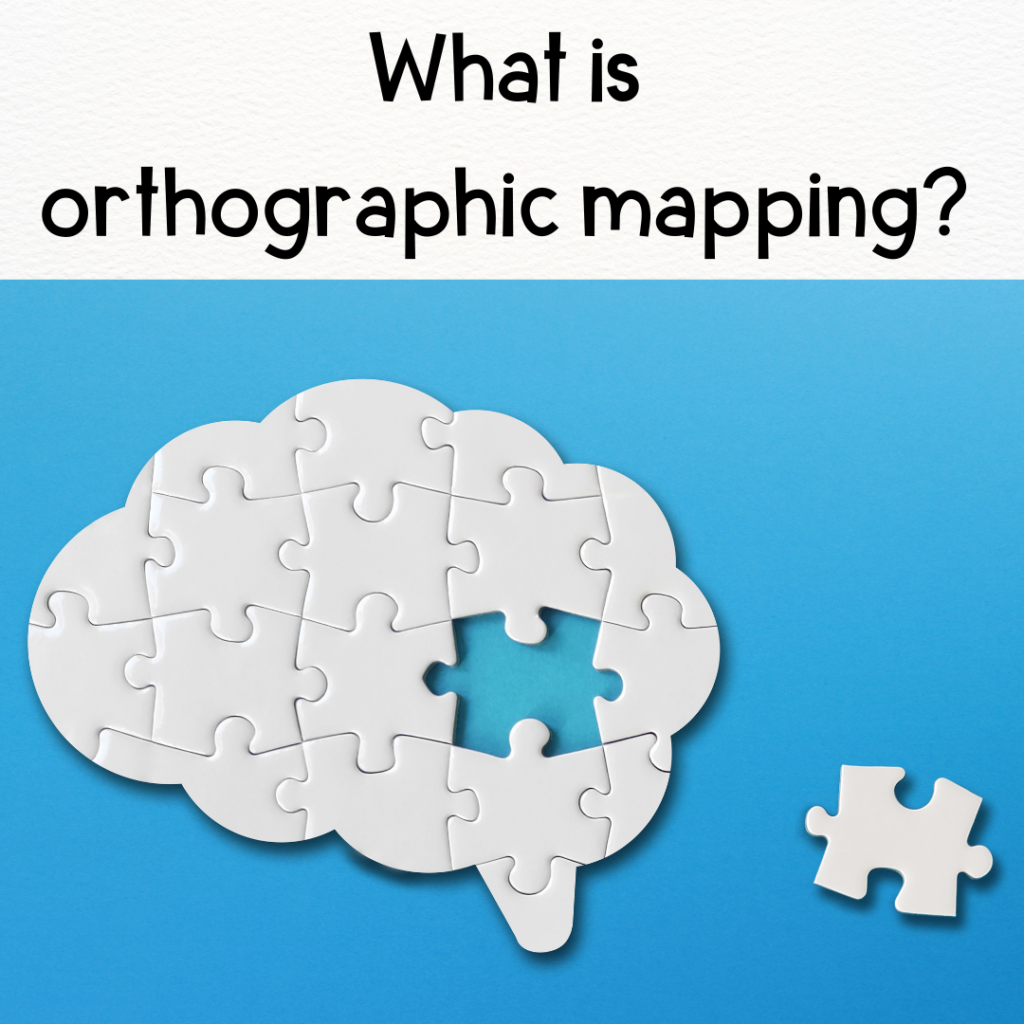
- Phonemic Awareness, Phonics, Reading Research
The term orthographic mapping slipped around my head for a year before I felt I could finally grab it and understand. If I struggled to master the concept, I thought others may too. So today, I want to break down orthographic mapping in a way that won’t leave you banging your head against the keyboard. Hopefully. What is orthographic mapping?
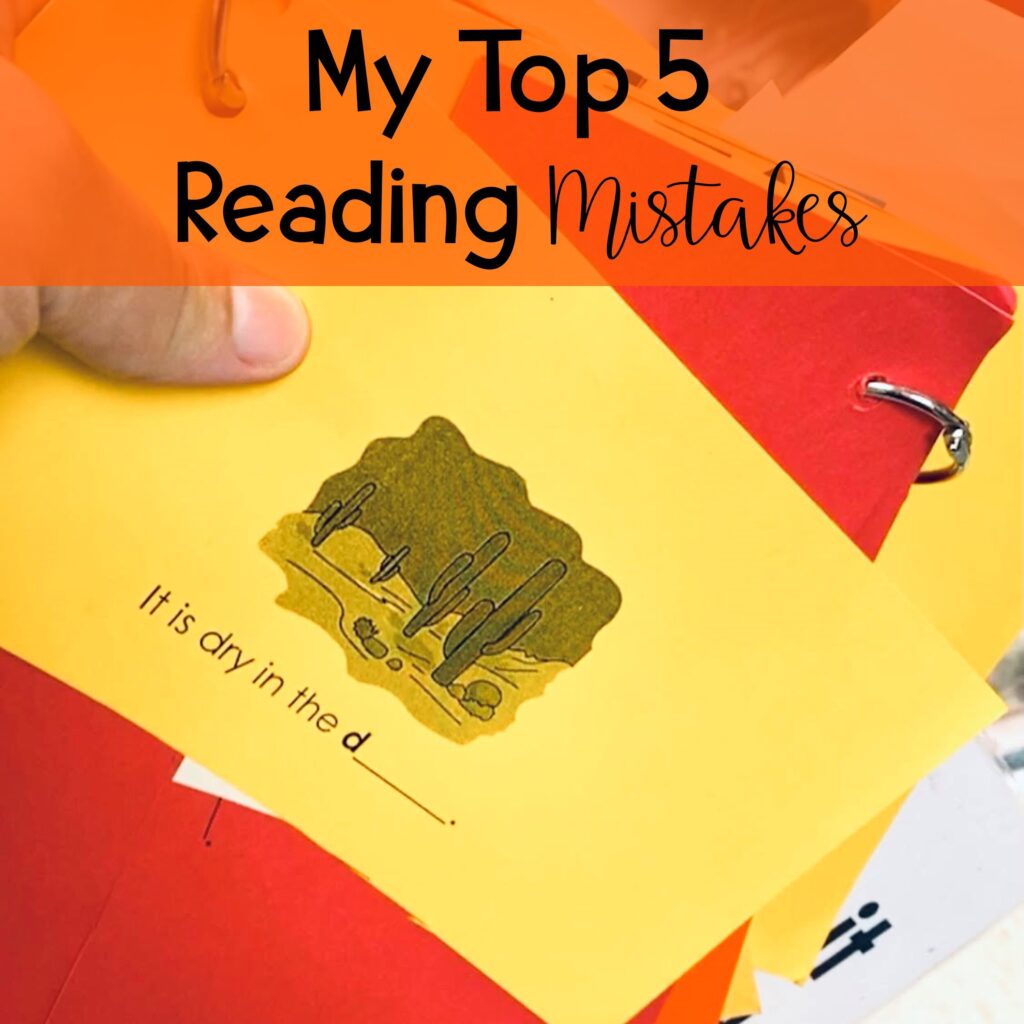
- Reading Research, Science of Reading
This year, I am entering my 11th year of teaching. I’ll never forget how confident I was that first year. I thought I knew EVERYTHING there was about teaching reading to my children. In reality, I’m still learning 11 years later. I’ve made a lot of mistakes along the way, but I know I’ve never stopped working as hard as
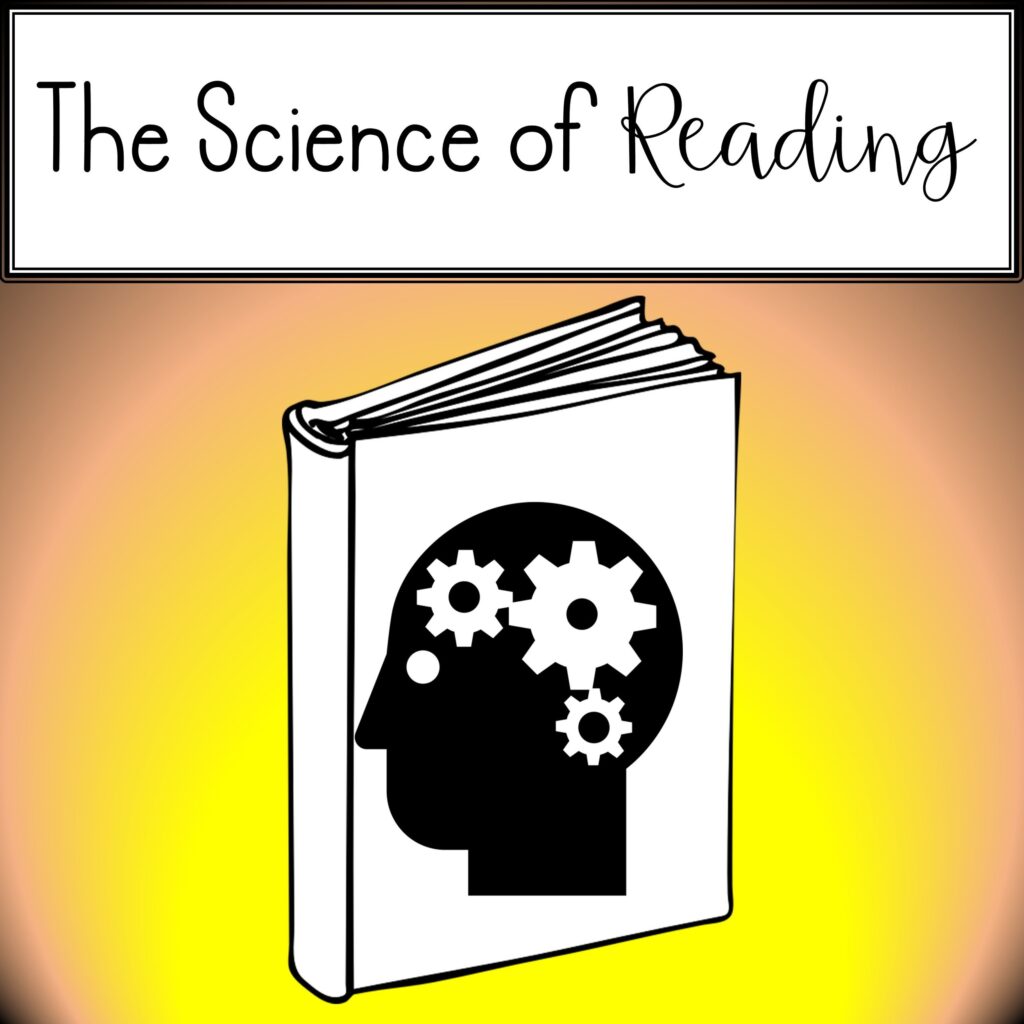
- Reading Research, Science of Reading
This was intended to be my first post when I launched my blog. As I began writing, though, I was overwhelmed with the idea. My apprehension came because this is just too important to mess up, too important to do half-heartedly. But today, I’m writing for those of you who, like me, are still overwhelmed sometimes with the Science of

